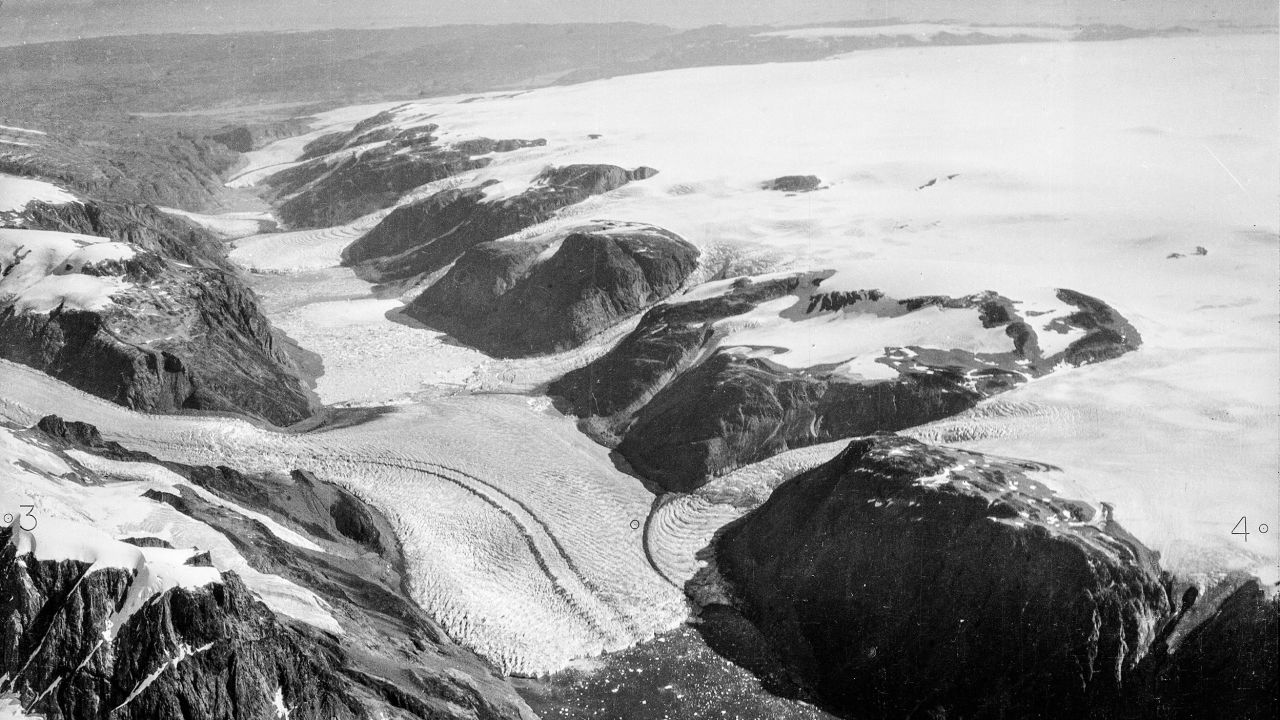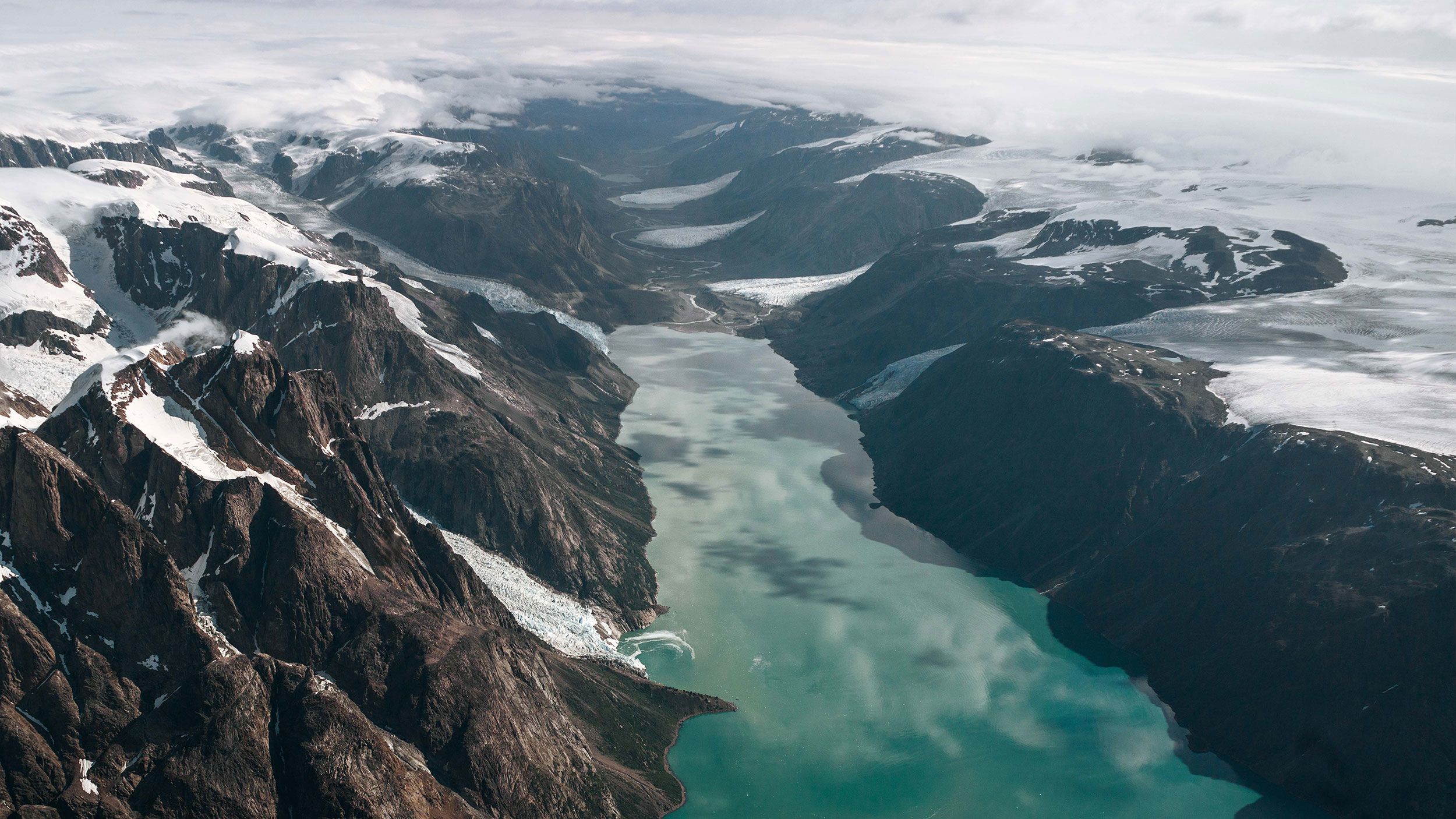Thousands Of Greenland's Glaciers Are Melting Five Times Faster
Thousands of Greenland's glaciers are melting five times faster, as claimed by a climate scientist who delved into the historical archives of Denmark, specifically examining thousands of old aerial photographs of Greenland's icy coastline.
Author:Hajra ShannonReviewer:Paula M. GrahamNov 13, 2023585 Shares44.9K Views

Thousands of Greenland's glaciers are melting five times faster, as claimed by a climate scientist who delved into the historical archives of Denmark, specifically examining thousands of old aerial photographs of Greenland's icy coastline.
These photographs, rediscovered in a castle outside Copenhagen about 15 years ago and currently housed in the Danish National Archives, served as a source of inspiration for Larocca and her fellow researchers. Their objective was to reconstruct the glacial history of Greenland and understand how it has evolved in response to the rapidly warming climate.
The research team digitized numerous paper images from the archives, dating back to the 1930s, and integrated them with contemporary satellite images of Greenland. This comprehensive approach aimed to quantify the extent of change in Greenland's frozen landscape over time.
The findings, published this week in the journal Nature Climate Change, revealed an alarming trend in the rate of glacial retreat. The study demonstrated that Greenland's glaciers have been retreating at a pace twice as fast during the 21st century compared to the 20th century. This acceleration underscores the significant impact of climate change on the region's icy environment.
Lead author Laura Larocca, who was a postdoctoral fellow at Northwestern University during the research, emphasized the substantial effort involved in the study, describing it as "very time-consuming, requiring a lot of people and numerous hours of manual labor." The results, she noted, showcase a striking transformation, underscoring the rapid pace at which the Arctic is experiencing warming and change.
A 2022 study revealed that the Arctic has warmed at a rate four times faster than the global average over the past several decades. The consequences of this warming are becoming increasingly apparent.
The researcher acknowledges that past skepticism was, to some degree, justified. Before the advent of satellite imagery, there were substantial limitations in the ability to investigate and document the gradual melting of glaciers over extended periods.
An illustrative example is that only one of Greenland's approximately 22,000 glaciers underwent continuous monitoring through mass balance measurements, a practice initiated in the mid-1990s. Simultaneously, there were regions in Greenland, previously seemingly unaffected by rising temperatures, which have shown signs of glacier coverage changes in just the past few years.
In the summer of 2021, an unprecedented event occurred as rain was recorded at the summit of Greenland, located approximately two miles above sea level. Also, recent findings indicate that the massive glaciers in northern Greenland, once considered relatively stable, now present potentially "dramatic" implications for rising sea levels.
What left a lasting impression on Larocca was the realization that the Danish pilots who captured the original photographs had no inkling that their work would evolve into a significant contribution to climate science nearly a century later.
“„It is quite interesting that a lot of these photos were taken because of military operations. So, they have ties with a lot of international and US history, as well. But it's kind of neat how over 100 years later, we're using these photos for science to document how much these glaciers have changed over time.- Laura Larocca
As an assistant professor at the Arizona State University School of Ocean Futures, Larocca expresses her aspiration that this visually impactful study will bring attention to the swiftly melting territory of Greenland. She aims to highlight the imminent threat it poses to global coastlines with rising sea levels.
“„[The paper] really reinforces that our choices over the next few decades and how much we reduce our emissions really matter to these glaciers. Every incremental increase in temperature will have significant consequences for these glaciers, and that swift action to limit global temperature rise will really help to reduce their future loss and contribution to sea level.- Laura Larocca
Conclusion
Ironically, the ongoing melting of glaciers in Greenland will result in a water shortage. As glaciers shrink to a critical point, meltwater rivers will dwindle or cease to exist entirely. This shift implies significant changes in Greenland's ecosystems and unforeseen challenges for renewable energy sources.
Jump to

Hajra Shannon
Author

Paula M. Graham
Reviewer
Latest Articles
Popular Articles
